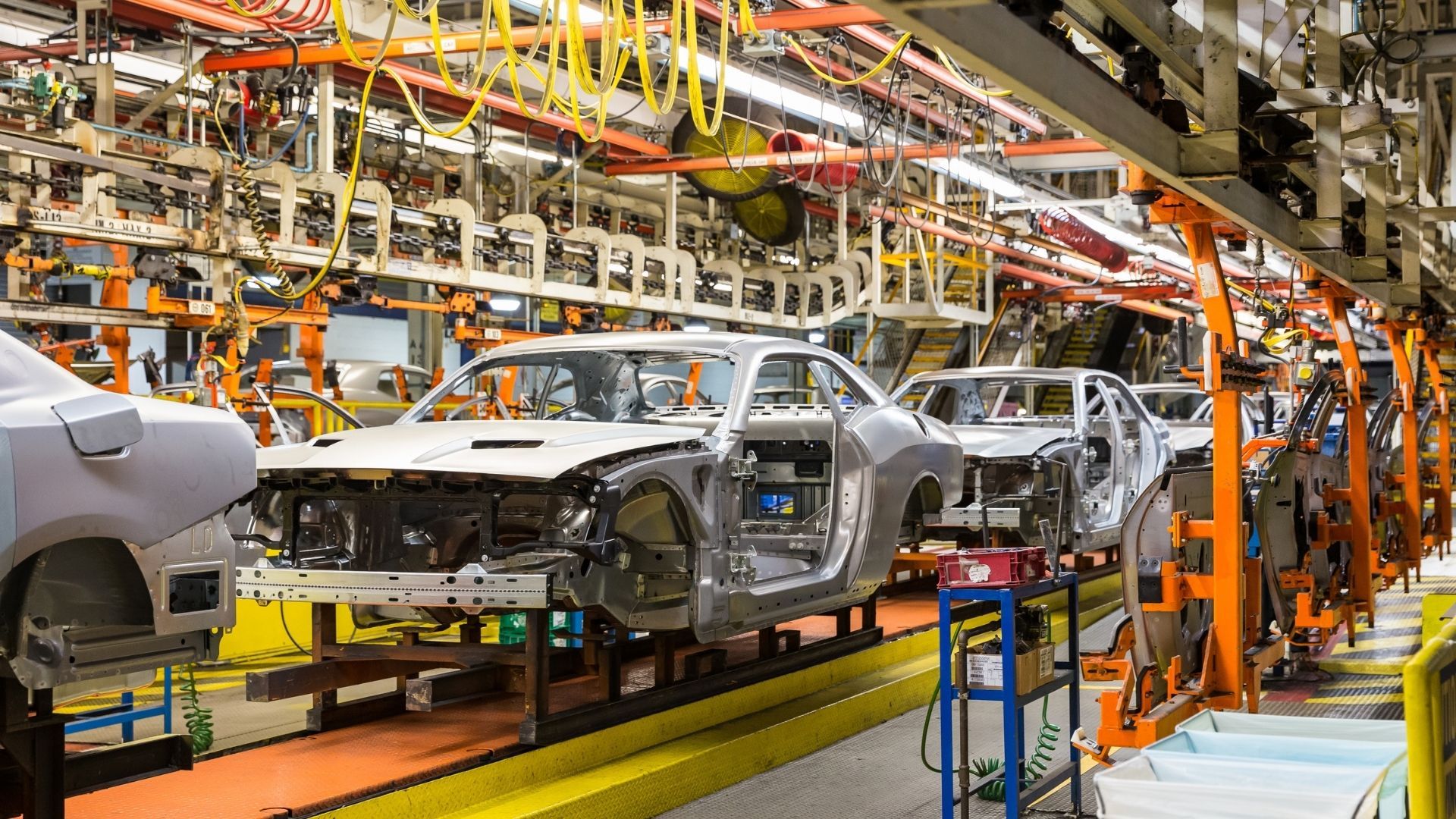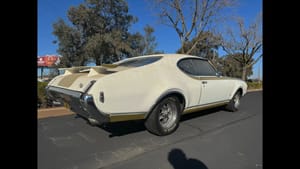This is the future of Mopar muscle or something…
I hate to say it, but the era of modern Mopar muscle looks to be atrophying, if not completely dead. A recent announcement from Stellantis details out an electrification plan for the Brampton Assembly Plant, currently the home of the Dodge Challenger and Charger, plus the Chrysler 300. The announcement was made by Mark Stewart, Stellantis North America Chief Operating Officer, with Canadian Prime Minister Justin Trudeau and Ontario Premier Doug Ford at his side.
Watch the latest Motorious Podcast here.
Many statements were made at the media event which in summary go on about how the future is electrification and so Stellantis is investing in the future of Canadian manufacturing. We hear this stuff all the time with few questioning this myopic view of what’s coming in the next several years or so.

Under this plan, the Brampton Assembly Plant will be undergoing some big changes, including a full modernization and retooling by 2024. Considering the current cars being made there are going to either be eliminated or completely redesigned from the ground up, this really isn’t a shock in the least. Stellantis says production will resume in 2025.
Stellantis is anticipating big demand for whatever will be rolling off the line at Brampton. It expects three shifts will be working to crank out the new products. In other words, they’re super confident everyone will want what they’re offering.

The thing is the Dodge Challenger and Charger haven’t exactly been slow sellers. They’ve consistently clobbered the Chevy Camaro and Ford Mustang in sales, like in 2021 when over 78,000 Chargers and over 54,000 Challengers were sold. But Stellantis believes whatever is coming down the pipe will be more popular.
Perhaps the plan is to make something that competes against the Toyota RAV4, which racked up over 407,000 sales last year? If that’s the move, why would people choose a Dodge crossover versus a model that’s more established? Sadly, the strategy will probably be to load up on “attitude” with aggressive styling and a marketing campaign that tries convincing people they’re getting a “muscle crossover” or some such nonsense.





